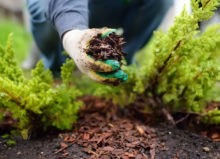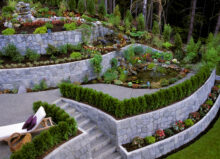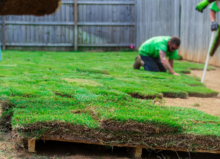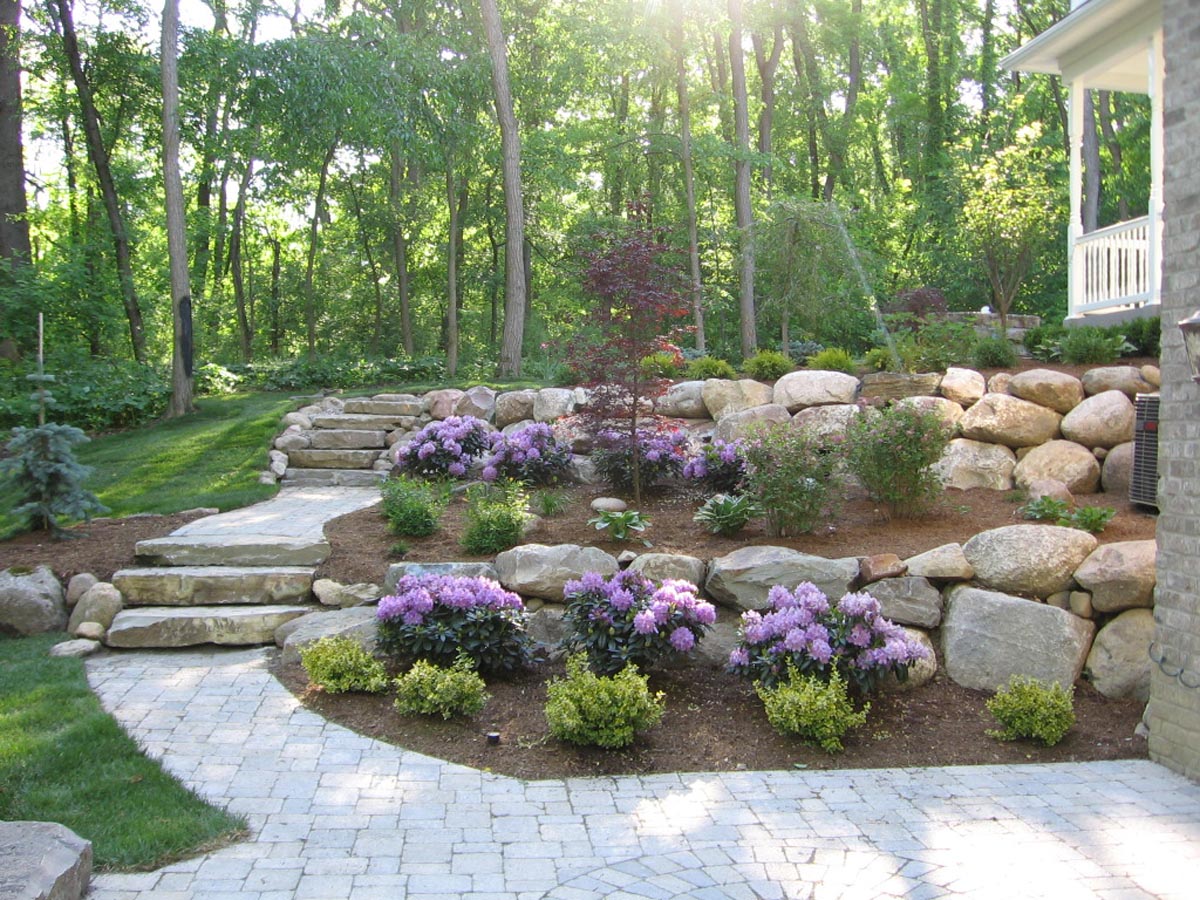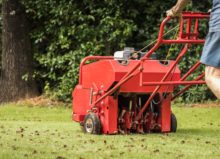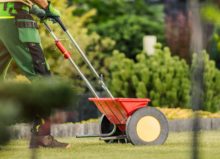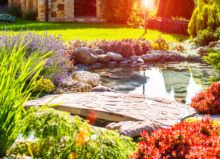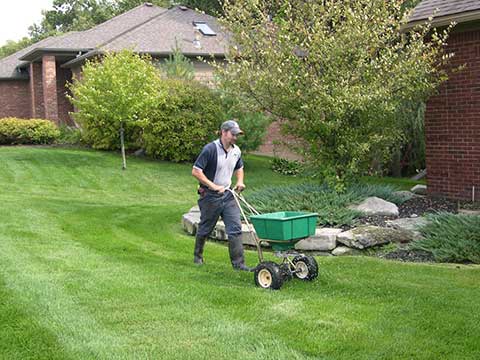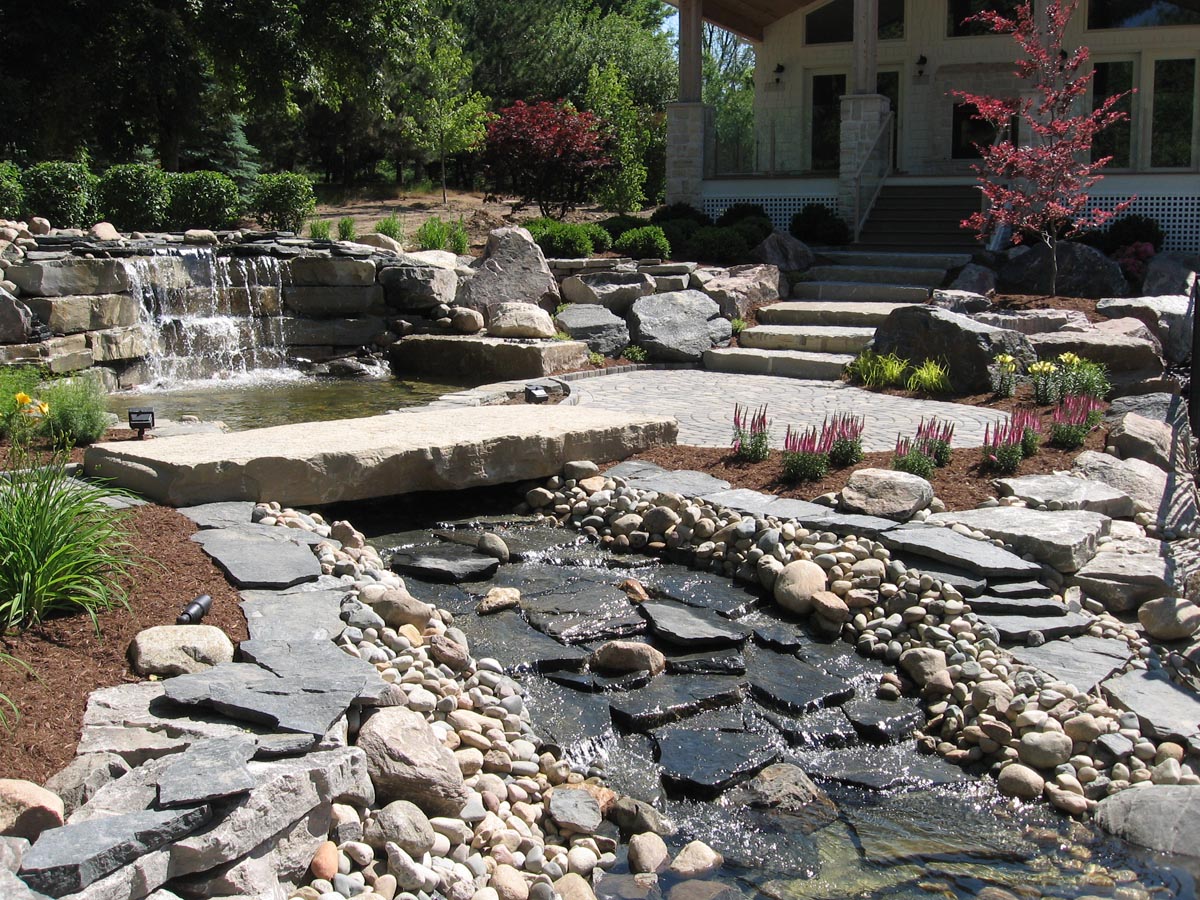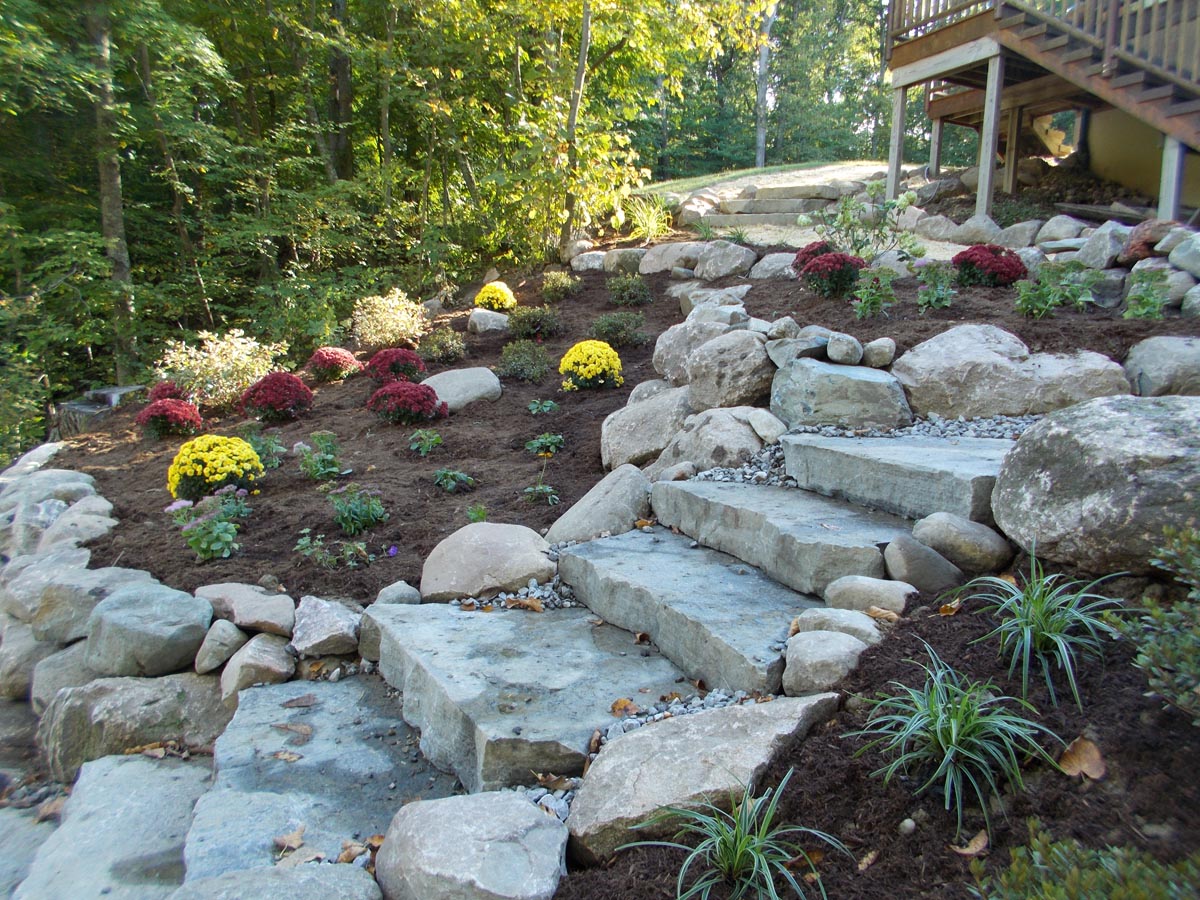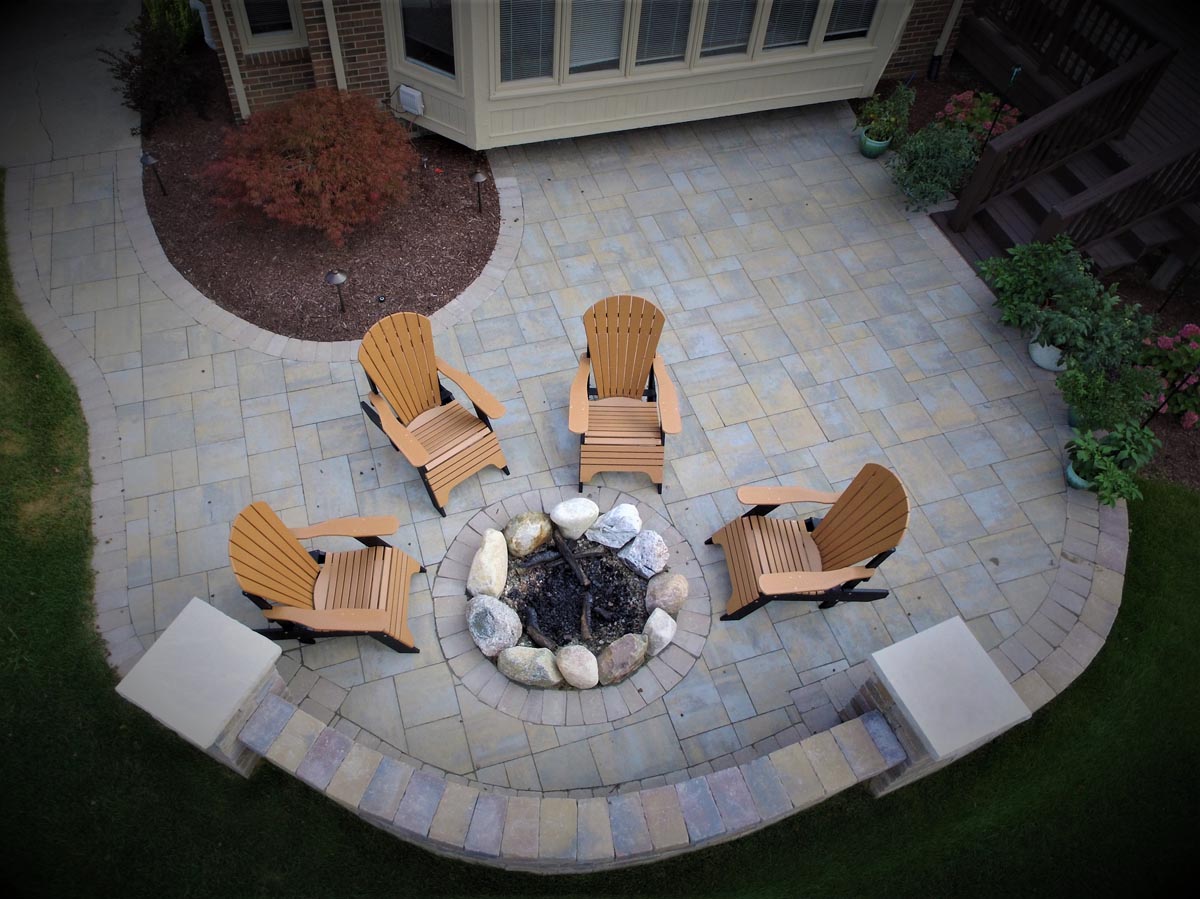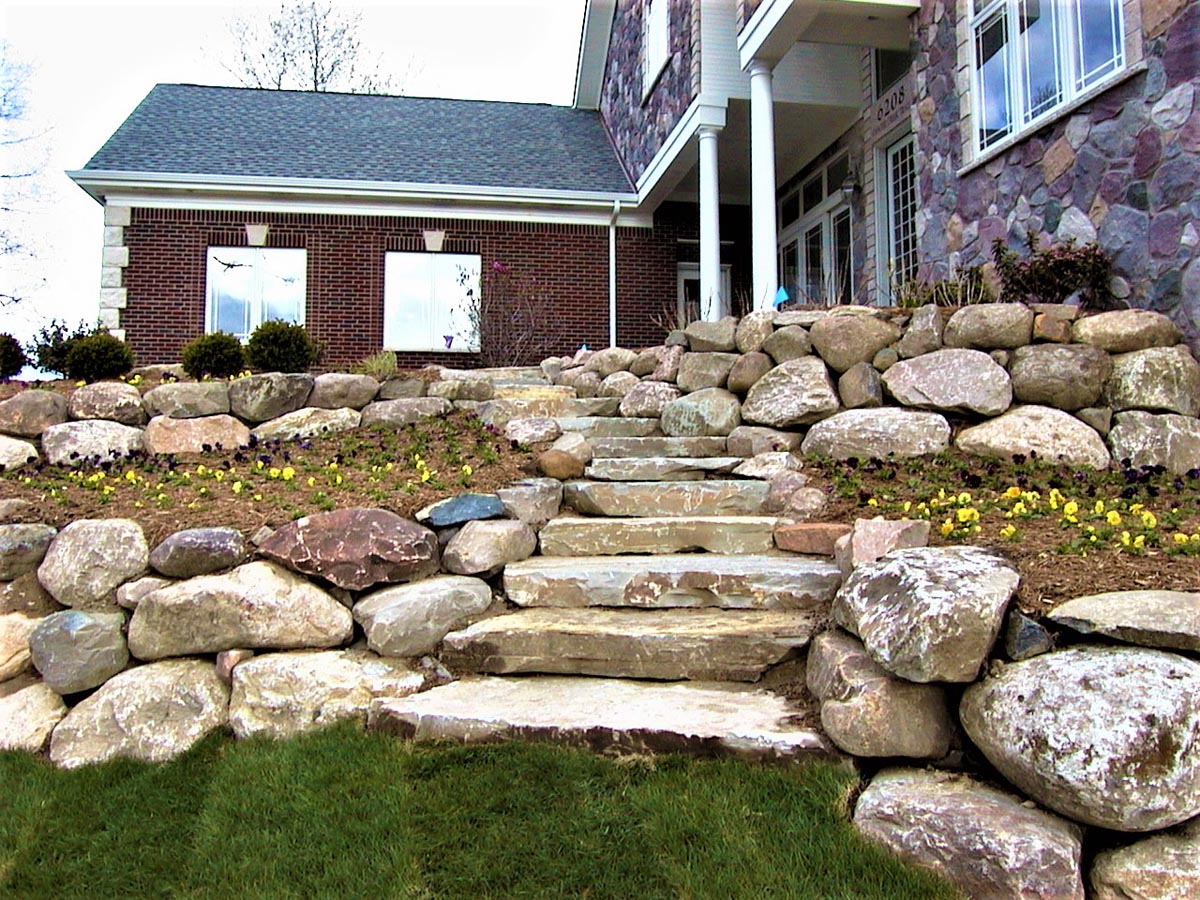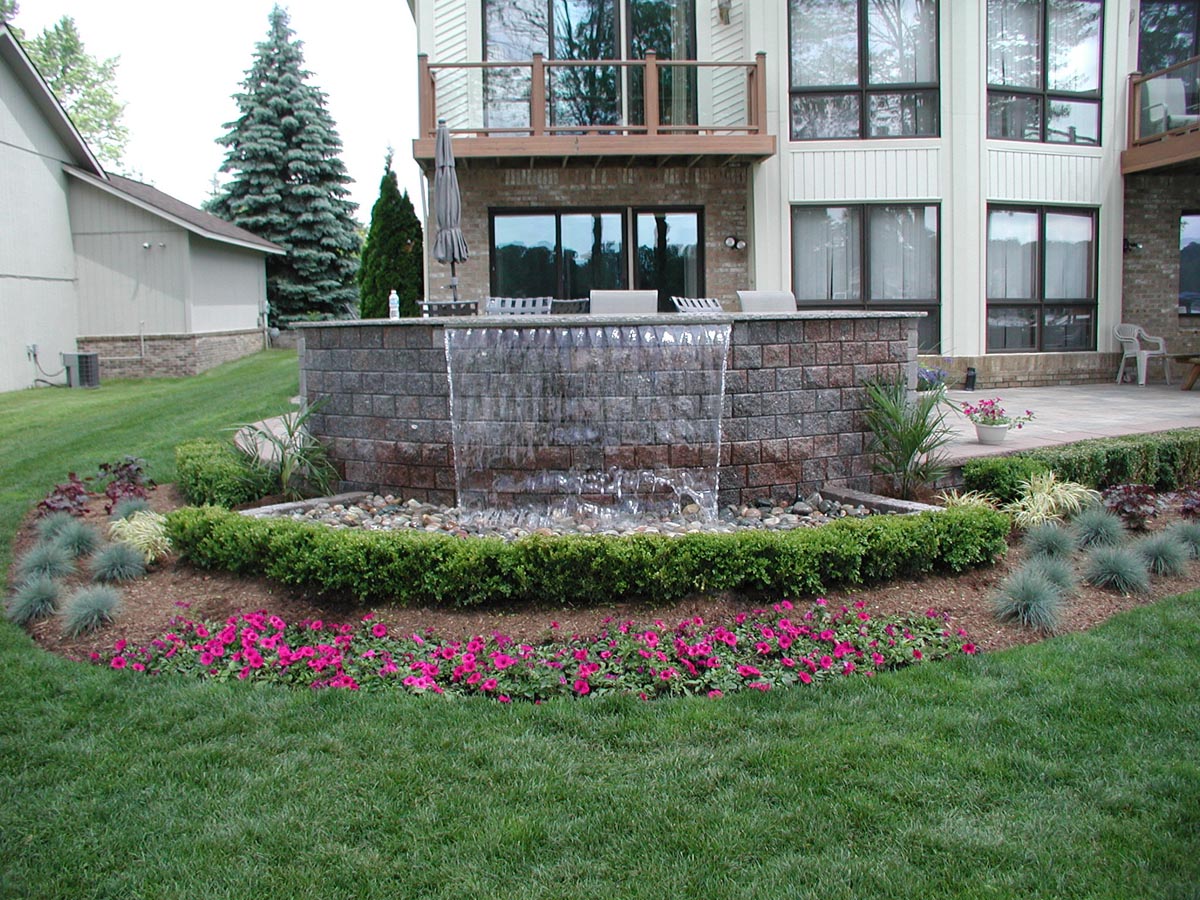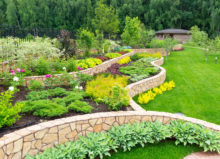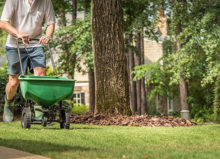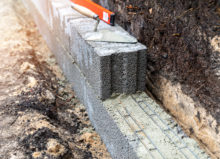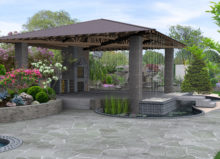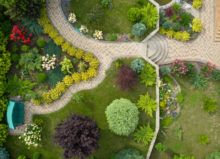Lawn Maintenance Guide: How to Get the Greenest Yard This Summer
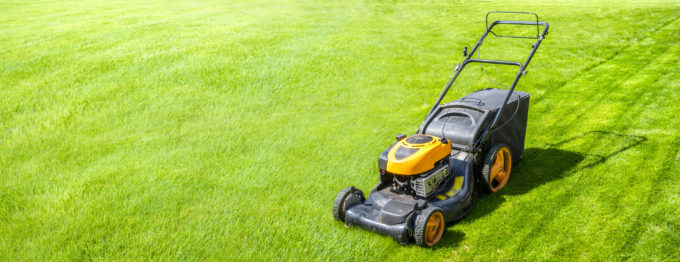
Homeowners love to see their drab winter lawn transformed by the summer sun. While grass needs sunlight and water to flourish, summer heat, diseases, and drought can interfere with its ability to stay healthy.
In this edition of our lawn maintenance series, we’re going to highlight several tactics you can use to achieve a healthier, greener lawn every summer.
What Causes Your Lawn to Look Faded?
Lately, you’ve been noticing your lawn isn’t deep green anymore. The grass is fading for some reason, getting closer to a yellowish-green shade than a true green. Sparse spots are developing on your lawn as well, where the grass is noticeably yellow and dying.
What causes a perfect lawn to transform itself into a not-so-perfect lawn? Yellowing grass is one of the most common lawn problems that is typically due to one or more of the following:
- A dog (or dogs) is using your lawn as a toilet. High in nitrogen content, dog urine literally burns grass within minutes of the dog urinating. Although grass does need nitrogen, too much concentrated in one area will damage the grass.
- Lawn diseases like rust, powdery mildew, or brown patch, or fairy ring are fungal in nature and develop during hot, humid conditions.
- Lack of nitrogen in the soil (soil tests are available online that evaluate nutrients in the soil)
- Grubs, chinch bugs, and sod webworms eat grass roots, which can cause yellowing or browning of grass.
- Insufficient or excess water will also turn a lawn yellow. Grass roots will drown in saturated soil and lack of oxygen due to overwatering. Restricting water from a lawn also causes grass to wilt, yellow, and have a hay-like texture.
How to Keep Your Grass Green During the Summer

Maintaining a flawlessly lush green lawn can be time-consuming and research-heavy. Unless you’ve got a degree in botany or have a relative who works for a lawn maintenance company, it’s possible that making a small error in how much you water, fertilize, or apply insecticide to your lawn could do more harm than good. Consider calling a professional landscaping company like Design One.
In addition to working with landscaping professional, these three lawn maintenance “musts” will also impact the health (and appearance) of your grass:
Mowing
Believe it or not, there is an actual science to mowing. You need to do it at the right time, and there are a few techniques you can do to ensure your maintaining your lawn’s health:
- Keep grass height at three or four inches. Taller grass promotes longer roots and reduces the proliferation of weed seeds. Grass with long roots can withstand the lack of rain while reaching deeper for nutrients. Alternately, overly short grass stresses roots and encourages germination of weed seeds.
- Leave grass clippings on your lawn. As clippings decompose, they minimize rain runoff, boost carbon sequestration, and fertilize the soil.
- Sharpen mower blades before mowing. Dull blades don’t cut cleanly enough and leave blades with jagged edges that make them more susceptible to fungal and insect diseases.
- Continue mowing your lawn until the middle or the end of October, when most grass typically stops growing.
Regular Watering
Next, you’ll want to develop a consistent watering plan (especially during the summer months).
Dry lawns should be watered until the top six to seven inches of soil is wet. The top seven inches is where the majority of turfgrass types grow. When drought or excessively rainy conditions do not persist, your lawn should need one to two inches of water every six to seven days. Wait for about 30 minutes to give the water time to soak into the soil. Then, check the depth of saturation with a ruler or screwdriver. If either item doesn’t slide easily into the soil, you may need to water your lawn again.
You may also want to consider investing in an automatic sprinkler system, which will help you maintain consistent watering.
Fertilizing Your Lawn
Lastly, you’ll want to fertilize your lawn every couple of months. There are four major types of fertilizers homeowners can purchase: liquid, slow-release, fast-release, and organic. In this article, we explain some of the differences between them.
Depending on the size of your lawn, fertilizing can be a chore, especially because fertilizers must be applied evenly. You must also know how much fertilizer to apply to your lawn—too much can burn your lawn, while too little is not going to help your lawn get the nutrients it needs.
When applying fertilizer, we recommend the following tips:
- Purchase a spreader, as this will help you achieve even distribution. Please note that spreaders are only good for dry or granular fertilizers. If you’re using liquid fertilizers, you should purchase a sprayer.
- Read the directions on your fertilizer. This should tell you how much fertilizer to apply per square foot.
- Make sure you are not applying fertilizer to a dry lawn. The exception is if you are using a liquid fertilizer. If you are using a liquid fertilizer, you’ll actually need to wait a couple hours before you water your lawn.
Learn More From Design One
Do you need landscaping advice? Turn to our experts at Design One. Founded over 30 years ago, we’re a fully licensed, insured, and certified landscaping company serving homeowners and businesses throughout Michigan. We specialize in landscape design, including hardscapes and water features.
If you have always dreamed of having an impeccably beautiful lawn, we are the company you can count on to make that dream come true. Fill out our online form today to schedule your free project consultation!
As a residential and commercial landscaping company in Michigan, we’re experienced in both property care and landscaping design. With over 40 years of experience in the industry, Design One is great source of information when it comes to your Michigan lawn care needs! From preliminary design mapping, to irrigation and the types of plants you might want on your priority, we cover it all.

